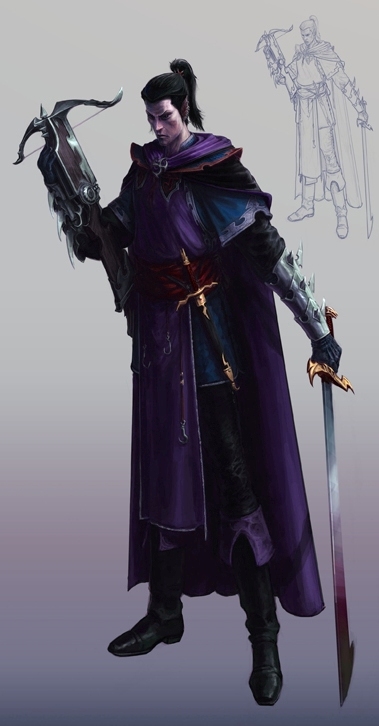
There is no doubt that film realism has its beginnings with Lumière, a man who never imagined his invention could be anything but an instrument for reproducing the real world. In his 1952 essay on neorealism, Bazin’s correspondant, Catholic priest Amédée Ayfre wrote: As is generally assumed, at the heart of Bazin’s discourse on cinema as automatism is the paradox of style, of the presence of the artist. The critique of Kiarostami summarizes a bunch of tropes high on the Godardian agenda in 2004 – light, projection, language – as we shall see, but fundamentally his criticism concerns agency and harks back to the teachings of Bazin: the filmmaker does not construct but the camera discovers. So, now when I want to criticize a film I say, “It was made without a camera.” Then afterward, when he’s showing it, he might say I painted an apple. When Cézanne paints an apple, he’s not saying I am painting this apple. It is not the light of the thing, like when Cézanne paints an apple or a glass. Whereas here, the light that is his intelligence comes before everything. In a projector, the light comes from behind. If he were using the camera, he would not know what he was going to do - the camera would help him discover it. I’m merely critiquing his films … It’s almost as if Kiarostami’s making films without a camera. When you say this they say that you’re disparaging Kiarostami. And the West did not help him survive with lots of money or, rather, lots of glory.

He made a magnificent film called And Life Goes On.


 0 kommentar(er)
0 kommentar(er)
